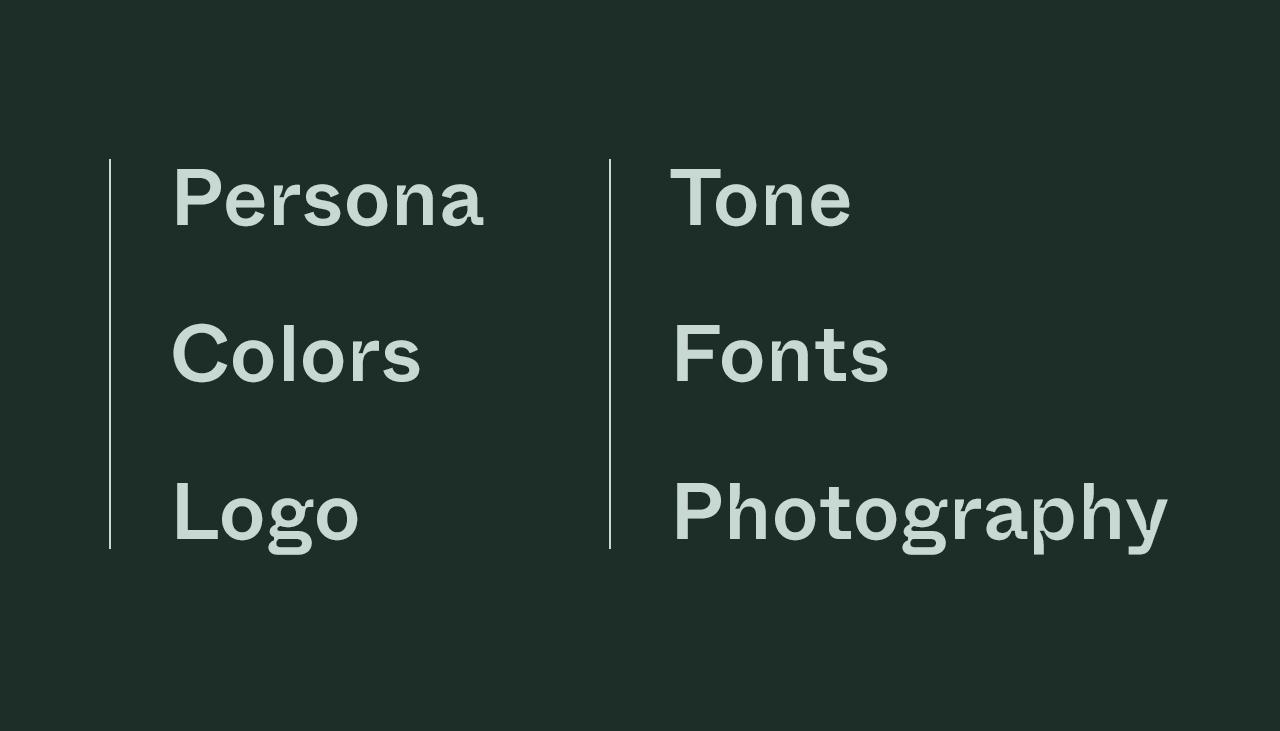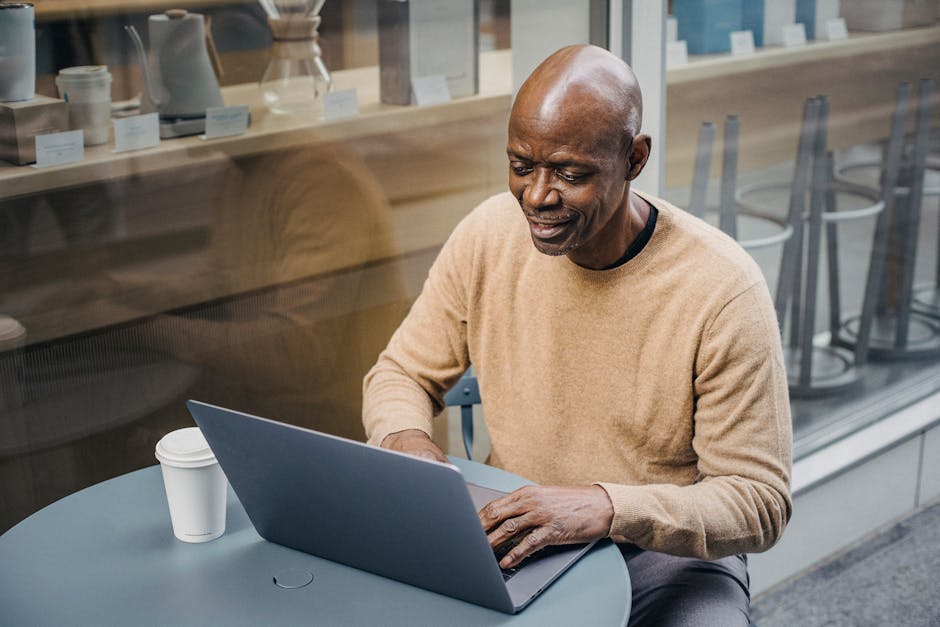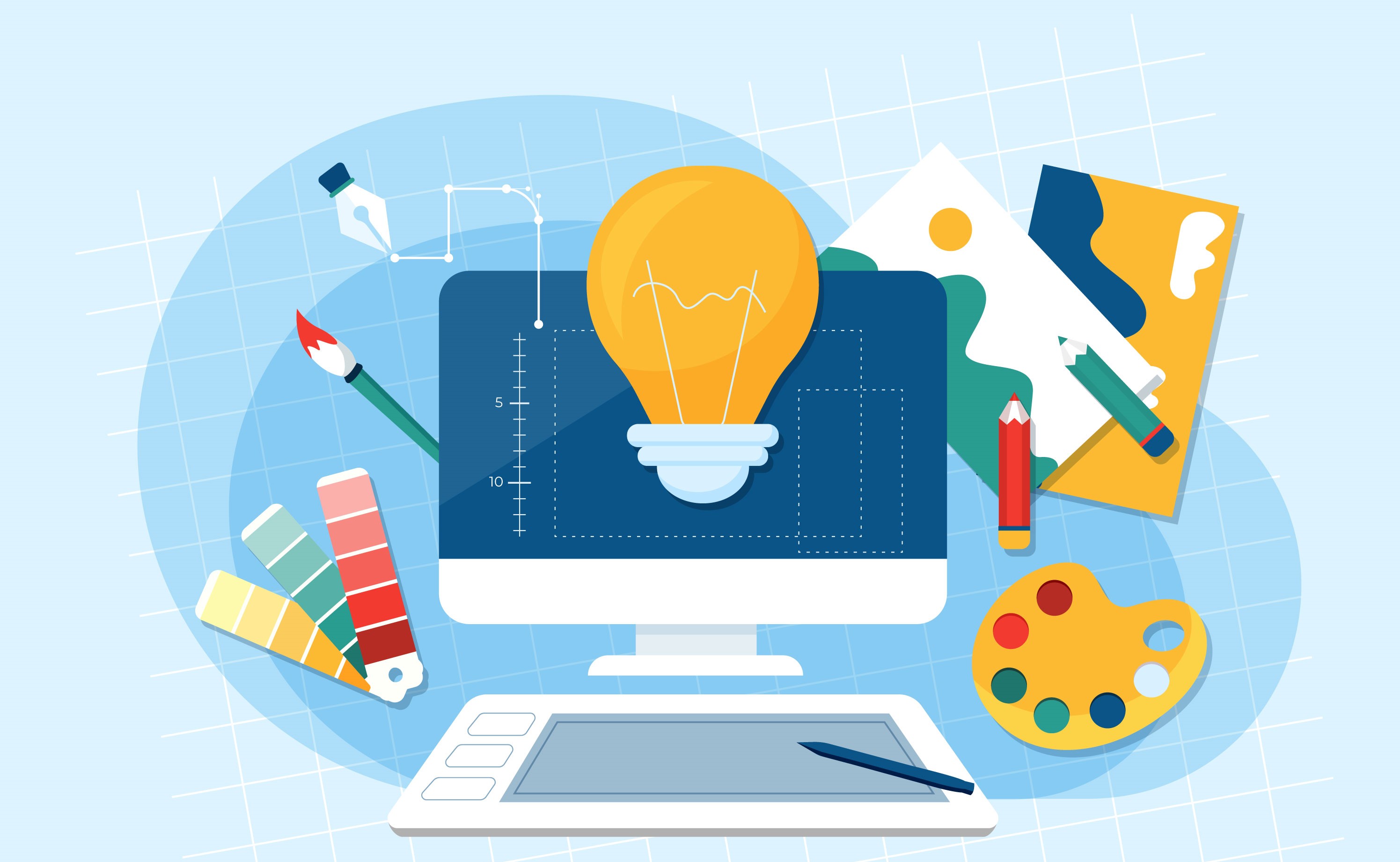
Once upon a time in the mysterious land of branding, logos were as stagnant as a sloth on a Sunday afternoon. But fear not, dear reader, for we are about to embark on a whimsical journey through the evolution of logos – a tale of dynamic design, innovation, and a sprinkle of fairy dust. So fasten your seatbelts, hold onto your pixels, and prepare to witness the magical transformation from static to sensational. Let’s dive into the enchanting world of logo evolution!
The Birth of Logos: From Ancient Times to the Modern Era
In the ancient times, logos were more than just fancy symbols representing brands; they were powerful emblems that conveyed the essence of a civilization. From the Egyptian hieroglyphics to the intricate Chinese calligraphy, logos were as sacred as a golden idol at a temple (but way easier to carry).
Fast forward to the medieval era, where logos became the signature of noble families and kingdoms. Imagine knights in shining armor riding into battle with their family crests emblazoned on their shields – talk about branding at its finest! It’s like a Game of Thrones episode, but with more kerning and tracking.
As we entered the industrial revolution, logos started popping up on everything from soap bars to canned goods. Suddenly, everyone wanted a catchy logo to slap on their products, like a stamp of approval. It was the Wild West of branding, with cowboys riding into town with their trusty logo guns blazing.
And here we are in the modern era, where logos rule the digital landscape. Every website, app, and social media platform is adorned with logos vying for our attention. It’s like a logo Olympics out there, with every brand trying to outshine the competition like a neon sign in Times Square. So next time you see a logo, give it a little nod – it’s come a long way from the ancient hieroglyphics of yore.
Embracing Technology: How Digital Design Has Transformed Logos
From the days of hand-drawn illustrations and cumbersome printing presses, logos have come a long way thanks to the wonders of digital design. With just a few clicks and some pixel pushing, designers can now create sleek, professional logos that would make even the old-school graphic designers do a double-take.
One of the biggest perks of digital design is the endless possibilities it offers. Gone are the days of being limited by paper size and ink colors. With digital tools, designers can experiment with various fonts, colors, and layouts until they find the perfect combination that speaks to the brand’s identity. The result? Logos that are not only visually appealing but also versatile and memorable.
And let’s not forget about vector graphics. Thanks to this nifty technology, logos can now be scaled to any size without losing quality. No more pixelated logos on billboards or blurry images on websites. With the power of vectors, logos can look sharp and crisp on any platform or medium.
So, next time you see a logo that catches your eye, take a moment to appreciate the digital magic that went into creating it. After all, behind every great logo is a designer who knows how to make technology work in their favor.

The Influence of Minimalism on Logo Design
When it comes to logo design, minimalism is like the cool kid in school that everyone wants to be friends with. With its clean lines, simple shapes, and lack of clutter, minimalism has taken the design world by storm. But how exactly has this trend influenced logo design?
First off, minimalism has taught us that less is more. Gone are the days of intricate, detailed logos that look like they were designed by a kindergartener on a sugar high. Now, logos are sleek, sophisticated, and oh-so-simple. And let’s be real, who has the time to decipher a logo that looks like a Picasso painting anyway?
Another way minimalism has influenced logo design is through the use of negative space. By cleverly incorporating empty space into a logo, designers are able to create visual interest and intrigue. It’s like a puzzle for your eyes, trying to piece together the hidden message within the logo. Who knew a logo could be so mysterious?
And let’s not forget about the timeless appeal of minimalism. Trends come and go, but minimalism is here to stay. A minimalist logo will never go out of style, unlike those tribal tattoos you got in college that you’re now trying to cover up. So, embrace the simplicity, ditch the clutter, and let minimalism work its magic on your logo design.

Dynamic Logos in a Global Marketplace: Adapting to Cultural Trends
Have you ever wondered how logos can adapt to cultural trends in a global marketplace? It’s a fascinating topic that involves a lot of creativity and innovation. In today’s fast-paced world, companies need to be constantly evolving and changing to stay relevant.
Dynamic logos are a prime example of this adaptability. They can change in response to cultural trends, ensuring that they resonate with consumers in different parts of the world. Whether it’s a new color scheme, font style, or even a complete redesign, dynamic logos keep companies fresh and exciting.
One way companies can adapt their logos is by incorporating elements of different cultures into the design. By drawing inspiration from diverse sources, logos can appeal to a wider range of consumers. For example, a fast-food chain might incorporate Asian-inspired motifs into their logo to attract customers in that region.
Overall, the key to success in a global marketplace is flexibility. By creating dynamic logos that can adapt to cultural trends, companies can stay ahead of the competition and continue to grow and thrive. So next time you see a logo, take a closer look and see if you can spot any cultural influences that have been cleverly incorporated!

The Role of Psychology in Logo Evolution
When it comes to logo evolution, psychology plays a crucial role in how a brand’s visual identity evolves over time.
One key aspect of psychology in logo evolution is the concept of color theory. Different colors evoke different emotions and associations in consumers’ minds. For example, the color blue is often associated with trust and reliability, which may explain why many tech companies like Facebook and Twitter use it in their logos. On the other hand, the color red is often associated with energy and excitement, which is why brands like Coca-Cola and McDonald’s use it to grab consumers’ attention.
Another psychological factor that influences logo evolution is the concept of simplicity. Studies have shown that consumers are more likely to remember and recognize simple logos rather than complex ones. This is why many brands, like Nike with its iconic swoosh, have streamlined their logos over time to make them more memorable and impactful.
In conclusion, psychology plays a fascinating role in logo evolution, shaping how brands communicate with consumers on a subconscious level. By understanding the psychological principles behind logo design, brands can create visual identities that resonate with their target audience and stand the test of time.
From Static to Interactive: The Future of Dynamic Logo Design
Nowadays, we’re living in a world where logos are no longer just static images. They’re animated, they’re responsive, they’re… dare I say it… alive! The future of dynamic logo design is all about creating interactive, engaging brand identities that truly leave a lasting impression.
Picture this: your logo starts off as a simple design, but as you scroll down the page, it begins to morph and change, reflecting the essence of your brand in a whole new light. With the power of animation, your logo can dance, jump, and even make a cup of coffee for you. It’s like having a little logo buddy that’s always there to brighten your day.
One of the key benefits of dynamic logo design is the ability to create a more memorable brand experience. By adding interactive elements to your logo, you’re not only grabbing the attention of your audience, but you’re also creating a connection that goes beyond the static image on the screen. It’s like your logo is reaching out and giving your customers a virtual high-five.
So, as we look ahead to the future of logo design, let’s embrace the dynamic, the interactive, and the downright quirky. Because who wouldn’t want a logo that can breakdance, tell jokes, and maybe even do your taxes for you? The possibilities are endless, and the future is bright for dynamic logo design!
FAQs
Why do logos need to evolve?
Well, just like how you wouldn’t want to wear the same outfit every day for the rest of your life (unless you’re a cartoon character, in which case, carry on), logos also need to change with the times. Evolving logos help businesses stay relevant and catch the eye of new customers.
What are some examples of companies that have successfully evolved their logos?
Oh, where do I start? The tech giant Apple went from a rainbow-colored apple with a bite taken out of it to the sleek, modern version we see today. And who could forget the journey of Starbucks from a wordy logo to the iconic green siren we all know and love?
How can a business go about updating their logo while still maintaining brand recognition?
It’s a delicate dance, my friend. Think of it like giving your logo a facelift rather than full-blown plastic surgery. Keep the essence of your brand intact while injecting a fresh new look. It’s all about balance, just like adding just the right amount of sugar to your coffee – not too much, not too little.
Are there any risks involved in changing a logo too drastically?
Absolutely. Changing your logo too much can confuse customers and make them wonder if they wandered into the wrong neighborhood. It’s like showing up to a party in a completely different outfit – people might not recognize you! So tread carefully when it comes to logo evolution.
How can businesses stay ahead of the curve when it comes to logo design trends?
Ah, the eternal question. Keep your eyes peeled for what’s hot and what’s not in the design world. Stay up to date on current trends, but also don’t be afraid to think outside the box. After all, who wants a logo that looks like everyone else’s? Be a trendsetter, not a trend follower.
Stay ahead of the curve with dynamic logo design
Thanks for taking a journey through the evolution of logos with us! Remember, in a world where change is the only constant, embracing dynamic design is key to staying relevant and capturing the attention of your audience. So go forth, create logos that are as versatile and adaptable as a chameleon at a paintball tournament. And who knows, maybe your logo will be the next big thing to shake up the design world!









